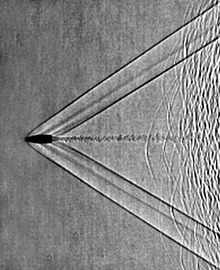I have been playing around with JBM a lot. I'm getting my dope cards figured out and making Density Altitude cards. Do most shooters make a DA dope card for each DA with increments of 1000 feet with "U cards"? If so ,what temp do you choose? Or make a " spread of DA's with a few temps, using "Trajectory Cards".
Also. I noticed something that confused me and my limited knowledge base of ballistics. When I made a singular Trajectory "U"Card for a DA of 5000 feet , I messed with the temperature. I assumed that making the temp hotter would decreased drop and decrease the amount of mils to dial. For two reasons, increased muzzle velocity and less dense, hotter air .It did the opposite. Why?
Does this have to do with the speed of sound and the creation of drag?
Also. I noticed something that confused me and my limited knowledge base of ballistics. When I made a singular Trajectory "U"Card for a DA of 5000 feet , I messed with the temperature. I assumed that making the temp hotter would decreased drop and decrease the amount of mils to dial. For two reasons, increased muzzle velocity and less dense, hotter air .It did the opposite. Why?
Does this have to do with the speed of sound and the creation of drag?



